👭🏻 Authors: María Lourdes Ramos, Aidin Rodriguez, Romina Mendez
In light of the technological advancements we are experiencing, data is one of the most valuable assets for any organization.
In the digital age, information has become a fundamental pillar of medicine. According to National Geographic [1], a single gram of DNA can store up to 215 petabytes of data (more than 200 million gigabytes), which illustrates the potential of biology as a massive information storage resource. In turn, the National Human Genome Research Institute [2] estimates that managing the data generated by genomic sequences worldwide will require around 40 exabytes of storage capacity.
This exponential growth of medical and genomic data represents a key challenge for healthcare: ensuring that information is stored securely, accessibly, and reliably. Given the sensitivity of patient data, it is essential to have systems that not only ensure its integrity and privacy, but also allow timely access to improve medical care.
Technology at the Service of Health
In this context, technology—particularly cloud computing and artificial intelligence models—has become a key tool. These technologies enable the analysis of large volumes of data, the personalization of treatments, and the improvement of both the quality of care and patient outcomes.
Data analysis not only enhances the accuracy of personalized medicine, but also accelerates and optimizes the process of developing new drugs, allowing for greater availability of therapeutic options. Its impact is evident in several success stories:
It is important to highlight that the creation and management of these technological solutions lies in the hands of engineers and IT specialists, who design and maintain the necessary infrastructure. Medical professionals, in turn, greatly benefit from these tools to improve early diagnosis, treatment, disease prevention, and more personalized patient monitoring.
What is Life Science?
Life Sciences is the group of scientific disciplines that study living organisms and the biological processes that shape them. Life sciences aim to understand how life works at all levels, from molecules to ecosystems, in order to generate knowledge, develop innovative solutions, and improve the health of humans, animals, and the planet.
Today, Life Sciences requires stronger integration with data-driven technologies, due to the exponential amount of information generated from various sources: clinical trials, genomic studies, medical imaging, laboratory experiments, and electronic health records.
The integration, processing, and analysis of these clinical, genomic, and environmental data are essential to drive personalized medicine, which tailors treatments to the individual characteristics of each patient.
This enables the development of more effective and innovative solutions, helps reduce adverse treatment effects, and contributes to improving patients’ quality of life.
How to Become a Data Professional in Life Sciences Projects
Health data science is an interdisciplinary field that involves scientific, mathematical, and computational methods to interpret information and transform it into actionable knowledge.
And most importantly: curiosity, a desire to learn, and the motivation to make an impact.
The Role of Women in Life Sciences
Historically underrepresented, women have challenged barriers and stereotypes to become leading figures in life sciences. From molecular biology to biotechnology and medicine, their contributions have been fundamental in transforming both research and scientific practice.
According to a 2023 UNESCO report, women represent only 33%[5] of researchers worldwide. Despite this limited percentage, their impact has been disproportionately positive. Scientists like Jennifer Doudna and Emmanuelle Charpentier —winners of the 2020 Nobel Prize in Chemistry for the development of the CRISPR-Cas9 technique— prove that scientific excellence has no gender.
“Science grows stronger when it embraces diversity of thought — and that only happens when every voice has a seat at the table.” – Emmanuelle Charpentier
In recent years, there has been a rise in mentorship and leadership programs for women in life sciences, as well as policies aimed at reducing the gender gap. However, challenges remain: wage inequality, underrepresentation in leadership roles, and the struggle to balance personal life with a scientific career are still major obstacles.
Despite this, many women are leading the way. Katalin Karikó, a key figure in the development of mRNA technology used in COVID-19 vaccines, exemplifies the power of perseverance. Rejected and underestimated for years, her work ultimately saved millions of lives.
“If you follow your curiosity with passion, even when the path is hard, the outcomes can change the world.” – Katalin Karikó
What Does It Mean for Us to Work in Life Sciences from the Perspective of Technology and Health?
Based on our professional experiences — one as a UX/UI design specialist, another as a cloud data architect, and one as a surgeon with a role as data product manager — we have witnessed firsthand how technology can transform the healthcare sector.
In recent times, we have worked on projects focused on standardizing clinical data through analysis, using use cases related to specific pathologies and therapeutic areas as a starting point. These projects have also included data quality assessments, applying thresholds defined by medical literature and clinical reference values, with the goal of ensuring the consistency, usability, and validity of information within healthcare environments.
From our different disciplines, we agree on one key idea: technology must serve healthcare professionals, patients, and data-driven decision-making.
Diverse Teams Achieve Better Results
From our own disciplines —UX/UI, cloud data architecture, and medicine— we collaborate on Life Sciences projects alongside professionals in computer science, bioinformatics, biology, physics, marketing, and more.
This diversity of backgrounds allows us to approach challenges from a more comprehensive perspective, where the patient is at the center of every decision. From product management to model design, from exploratory analysis to architecture definition, we see technology as a tool to develop solutions that generate real impact.
Today, we celebrate the women who are driving that change from science, health, and technology. And we do so with the conviction that impactful innovation is born when we listen, collaborate, and desing for those who truly need it.
📚 Suggested Resources to Get You Started in Life Sciences, Data & Technology
If after reading this article you feel inspired to dive deeper into Life Sciences, data, or technology (whether you come from health, design, engineering, or a completely different background) here are some useful resources that can help you take your first steps, learn, or even pivot your career.
These are courses, readings, communities, and references that have helped us and might help you too.
🔢 FreeCodeCamp
- Data Analysis with Python to start working with data. Data Analysis with Python Course
- Prompt Engineering (40 min course) to learn how to interact effectively with ChatGPT and AI tools: Learn Prompt Engineering Course
☁️ AWS Skill Builder
Amazon's official learning platform. Recommended courses:
- AWS Cloud Practitioner Essentials to understand the basics of cloud. AWS Skill builder practitioner essentials
- Introduction to Responsible AI to explore ethical AI principles and learn how responsible AI is applied in real projects. Skill builder AWS Introduction to Responsible AI
🎨 Figma Resources
If you are curious about design, Figma is a great place to start. Learn terminology, best practices, and basic UX/UI concepts. Figma Library design basics
- Also, try this hands-on course: Figma Tutorial... A Crash Course for Beginners
🧪 EHDEN Academy
Learn about data standardization and open-source tools commonly used in Life Sciences and clinical data projects. Ehden academy
🧪 Other resources
What is FHIR? - Video Explanation A 20-minute video explaining FHIR (Fast Healthcare Interoperability Resources), a widely used standard for healthcare data interoperability.
Introduction to the Principles and Practice of Clinical Research (NIH) A lecture series by the U.S. National Institutes of Health (NIH) introducing the basics of clinical research.
References
- [1] Freire, N. (2025, February 24). Is DNA the future of data storage? Retrieved from nationalgeographic.com.es/ciencia/es-adn-futuro-almacenaje-datos_24301
- [2] Genomic Data Science. (n.d.). Genomic Data Science. Retrieved from genome.gov/about-genomics/fact-sheets/Genomic-Data-Science
- [3] AWS. (2021). AstraZeneca’s genomic data processing solution performs 51 billion tests per day on AWS. Retrieved from aws.amazon.com/es/solutions/case-studies/astrazeneca/
[4] Google Health. (n.d.). Collaborating for a healthier future. Retrieved from https://health.google/intl/es_us/partners/
[5] UNESCO. (2025, February 20). UNESCO celebrates the International Day of Women and Girls in Science. Retrieved from https://www.unesco.org/es/articles/unesco-celebra-el-dia-internacional-de-la-mujer-y-la-nina-en-la-ciencia
[6] Radio Coruña. (2025, February 11). International Day of Women and Girls in Science: The numbers show there’s still work to be done. Retrieved from https://cadenaser.com/galicia/2025/02/11/dia-de-la-mujer-y-la-nina-en-la-ciencia-las-cifras-que-demuestran-que-queda-trabajo-por-hacer-radio-coruna/

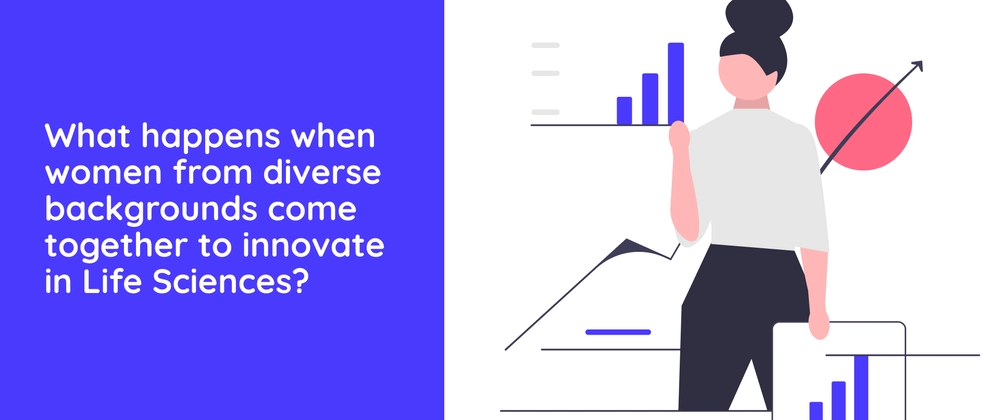

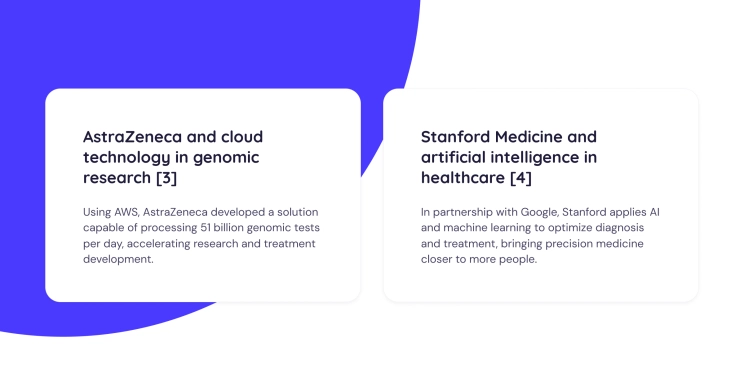
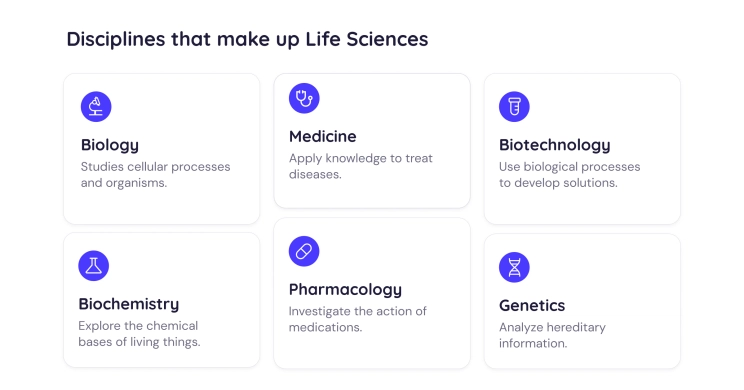

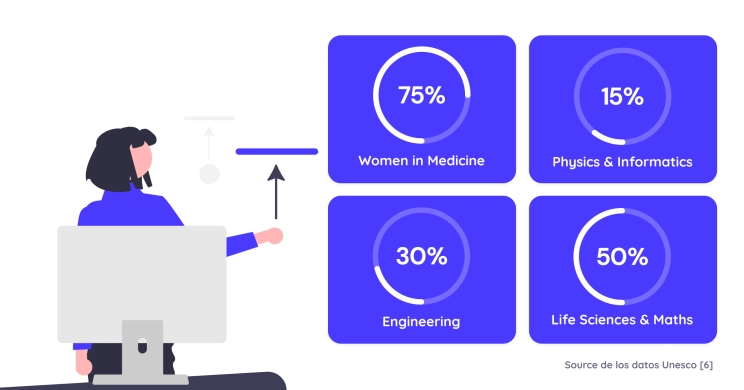
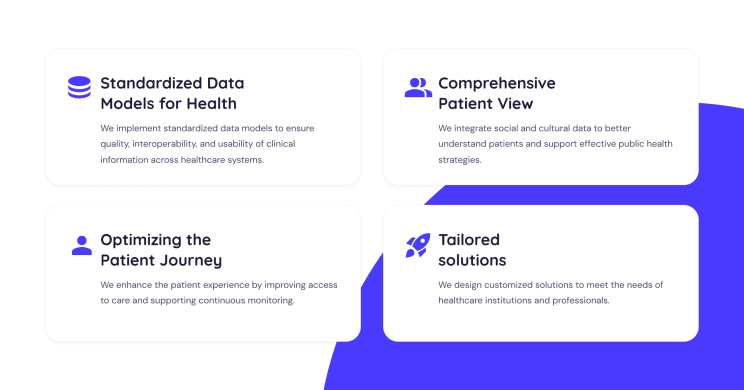


Top comments (0)